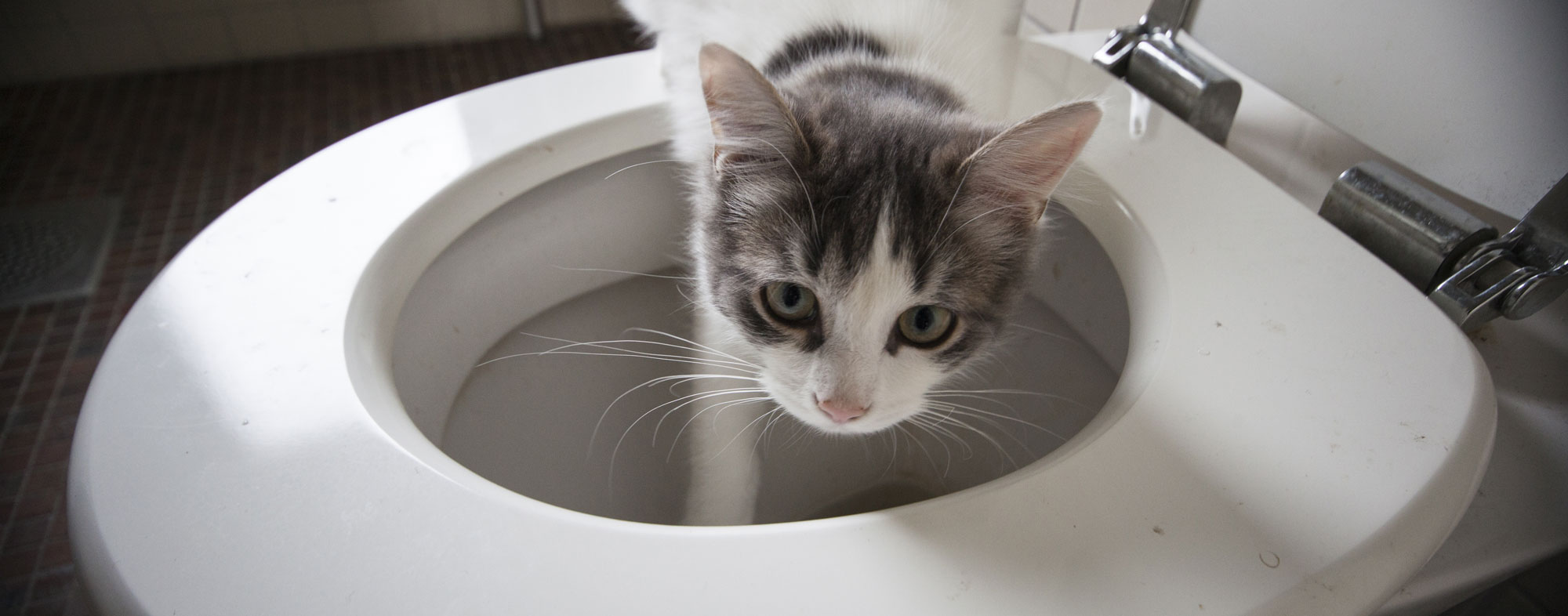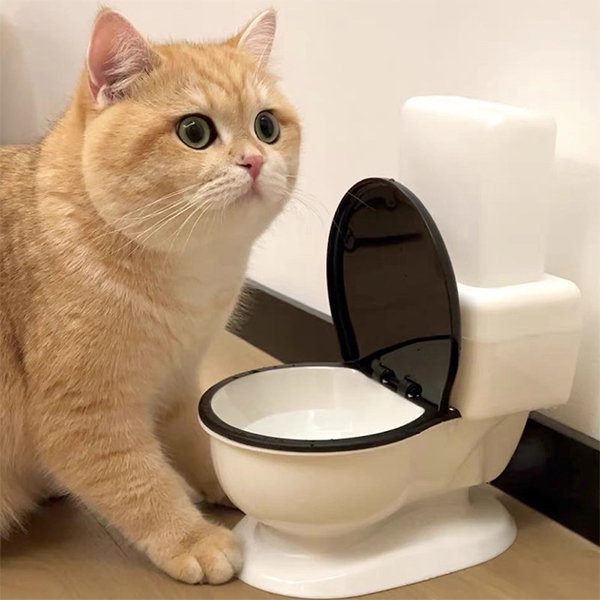Reasons Flushing Cat Poop Down Your Toilet Is Harmful - Suggestions for Correct Handling
Reasons Flushing Cat Poop Down Your Toilet Is Harmful - Suggestions for Correct Handling
Blog Article
How do you really feel with regards to How to Dispose of Cat Poop and Litter Without Plastic Bags?

Introduction
As pet cat owners, it's vital to be mindful of just how we get rid of our feline good friends' waste. While it may appear convenient to flush pet cat poop down the toilet, this technique can have harmful effects for both the environment and human wellness.
Environmental Impact
Purging cat poop presents harmful microorganisms and bloodsuckers into the water system, posing a considerable threat to aquatic environments. These impurities can adversely influence marine life and compromise water top quality.
Health Risks
Along with ecological concerns, flushing pet cat waste can also position wellness threats to people. Pet cat feces may include Toxoplasma gondii, a parasite that can cause toxoplasmosis-- a potentially serious disease, especially for pregnant females and individuals with weakened body immune systems.
Alternatives to Flushing
Thankfully, there are more secure and much more responsible methods to take care of pet cat poop. Consider the complying with alternatives:
1. Scoop and Dispose in Trash
The most usual method of disposing of feline poop is to scoop it right into a biodegradable bag and throw it in the trash. Make sure to utilize a committed clutter inside story and deal with the waste quickly.
2. Usage Biodegradable Litter
Go with eco-friendly cat litter made from materials such as corn or wheat. These litters are environmentally friendly and can be safely dealt with in the trash.
3. Bury in the Yard
If you have a yard, consider hiding feline waste in a marked location far from vegetable gardens and water sources. Be sure to dig deep enough to stop contamination of groundwater.
4. Mount a Pet Waste Disposal System
Buy a pet waste disposal system especially made for pet cat waste. These systems make use of enzymes to break down the waste, minimizing odor and environmental impact.
Conclusion
Liable pet dog possession expands beyond offering food and shelter-- it additionally entails appropriate waste administration. By refraining from purging pet cat poop down the bathroom and choosing alternative disposal methods, we can minimize our environmental impact and secure human health.
Why Can’t I Flush Cat Poop?
It Spreads a Parasite
Cats are frequently infected with a parasite called toxoplasma gondii. The parasite causes an infection called toxoplasmosis. It is usually harmless to cats. The parasite only uses cat poop as a host for its eggs. Otherwise, the cat’s immune system usually keeps the infection at low enough levels to maintain its own health. But it does not stop the develop of eggs. These eggs are tiny and surprisingly tough. They may survive for a year before they begin to grow. But that’s the problem.
Our wastewater system is not designed to deal with toxoplasmosis eggs. Instead, most eggs will flush from your toilet into sewers and wastewater management plants. After the sewage is treated for many other harmful things in it, it is typically released into local rivers, lakes, or oceans. Here, the toxoplasmosis eggs can find new hosts, including starfish, crabs, otters, and many other wildlife. For many, this is a significant risk to their health. Toxoplasmosis can also end up infecting water sources that are important for agriculture, which means our deer, pigs, and sheep can get infected too.
Is There Risk to Humans?
There can be a risk to human life from flushing cat poop down the toilet. If you do so, the parasites from your cat’s poop can end up in shellfish, game animals, or livestock. If this meat is then served raw or undercooked, the people who eat it can get sick.
In fact, according to the CDC, 40 million people in the United States are infected with toxoplasma gondii. They get it from exposure to infected seafood, or from some kind of cat poop contamination, like drinking from a stream that is contaminated or touching anything that has come into contact with cat poop. That includes just cleaning a cat litter box.
Most people who get infected with these parasites will not develop any symptoms. However, for pregnant women or for those with compromised immune systems, the parasite can cause severe health problems.
How to Handle Cat Poop
The best way to handle cat poop is actually to clean the box more often. The eggs that the parasite sheds will not become active until one to five days after the cat poops. That means that if you clean daily, you’re much less likely to come into direct contact with infectious eggs.
That said, always dispose of cat poop in the garbage and not down the toilet. Wash your hands before and after you clean the litter box, and bring the bag of poop right outside to your garbage bins.
https://trenchlesssolutionsusa.com/why-cant-i-flush-cat-poop/

As a fervent person who reads on Don’t flush cat feces down the toilet, I assumed sharing that piece of content was smart. Do you know someone else who is occupied with the subject? Be sure promote it. Kudos for your time. Visit us again soon.
Website Report this page